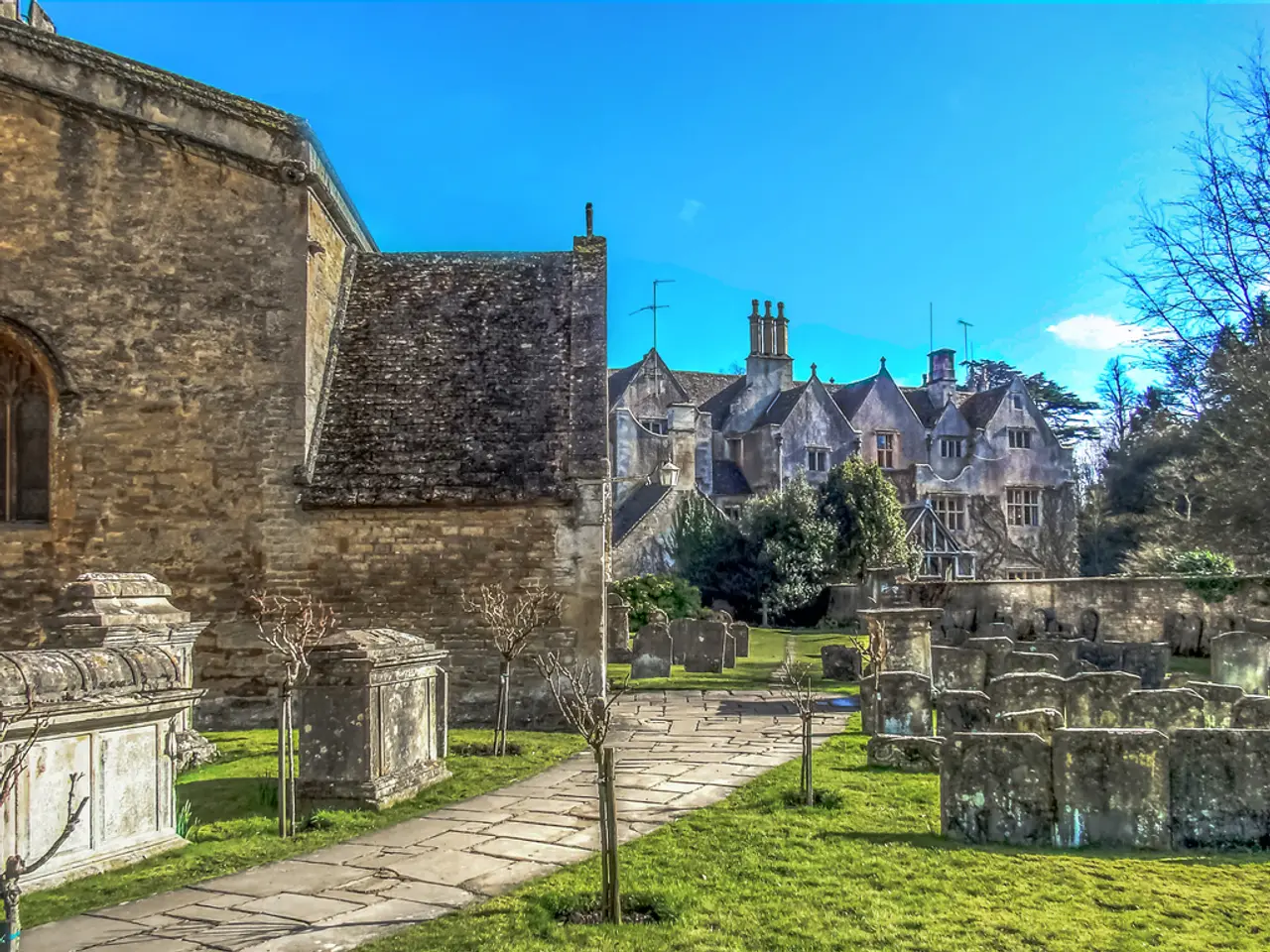Landscaping Considerations for Your Home Property
Transforming Your Yard: A Guide to Functional, Inviting, and Valuable Residential Landscaping
Creating a beautiful and functional outdoor space can significantly enhance the value and appeal of your home. Here are some key considerations to help you plan a successful landscaping project.
Comprehensive Master Planning
Begin with a detailed property map that identifies existing landscape features and available space. This ensures all elements—hardscape and softscape—work harmoniously and enhance functionality.
Functionality and Usage Needs
Design outdoor spaces for clear, adaptable uses such as dining, entertaining, relaxing, or recreation. Include patios, decks, fire pits, or seating areas that serve multiple purposes and appeal to a wide range of users.
Site Preparation and Grading
Proper grading ensures good drainage, preventing water pooling, soil erosion, and damage to plantings or foundations. Leveling uneven terrain creates safe, flat areas for pathways, gardens, or play spaces, enhancing usability and longevity.
Balanced Hard and Soft Landscaping
Achieve visual appeal and inviting atmosphere by combining structural elements like walls, fences, paths, and patios with planting beds, lawns, trees, and shrubs. Consider curved lines and organic shapes to soften transitions and add interest.
Plant Selection and Placement
Use a variety of plants that complement the style of the home and site conditions. Account for seasonal changes in size, color, and texture to maintain year-round appeal.
Lighting
Incorporate layered, well-placed landscape lighting to enhance safety, define functional zones, and create ambiance for evening use.
Low Maintenance and Durability
Select plants and materials that require minimal upkeep. Regular maintenance, including lawn care and pruning, preserves aesthetic quality and increases property value.
Safety Considerations
Plan safe circulation paths, especially around water features like pools, and ensure lighting reduces hazards after dark.
Integration with Home Architecture and Surroundings
Choose hardscape materials and design features that echo your home’s style and complement the existing landscape for a cohesive look.
Maximizing Property Value
Functional outdoor living areas, such as adaptable patios, fire pits, and comfortable gathering spaces, notably increase the home's market appeal—and well-maintained landscaping boosts first impressions and ROI.
Long-term Maintenance Planning
Planning for long-term maintenance ensures the investment stays attractive and stress-free for years to come. Submit your plans to the HOA for approval before commencing the installation.
Matching Dreams with Functionality
Outdoor spaces are crucial for reviving and inspiring homeowners. When designing your residential landscape, match your dream features with functionality to create a practical and beautiful outdoor space. If you're a member of the Homeowners Association, consider the agreed-upon landscape requirements your property must meet to align with HOA guidelines.
By considering these factors, you can create a functional, inviting, and valuable yard that will bring joy and increase the value of your home. Investing in residential landscaping requires careful thought and planning, but the rewards are well worth it.
- Optimal outdoor-living spaces can be achieved by integrating sustainable-living practices, such as incorporating native plants that require minimal water andupkeep, thereby promoting a lifestyle that benefits the environment.
- In addition to aesthetics, consider the home-and-garden layout to include areas for gardening and outdoor activities, fostering a lifestyle that encourageshealthy and engaging pursuits for both residents and guests.




